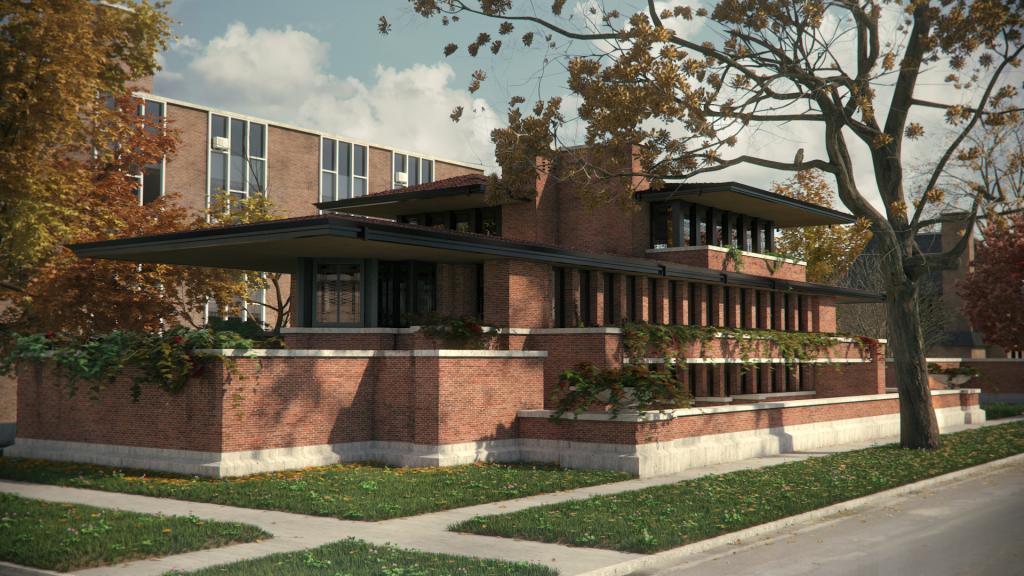This summer, I was lucky enough to have an opportunity to intern at one of the most famous architectural museums in Chicago—the Frank Lloyd Wright Trust. Just to explain about the Trust a little bit, Frank Lloyd Wright was a famous architect in the 1900s who was known for designing distinctly unique looking houses, mostly in Illinois and other parts of the United States. His designs are considered some of the most forward-thinking and modern designs still to this day, and as an art history major, I was very excited to work at one of his homes. I work exclusively at the Robie House, a prairie-style home that Wright built for Mr. Robie, a wealthy businessman, and his family in 1910.

So in May, I was officially given the title “Guest Relations Intern” at the Robie House, entailing that I would learn about what it is like to basically run the whole place. Haha. Just kidding. BUT, the guest relations department is a large one; it is not just about helping out guests who visit the museum, but there is actually a whole list of things involved with working at a museum that I never thought about before.
First off, the Robie House is a non-profit organization, as most museums are, so we rely heavily on donations and … volunteers! Without wonderful volunteers offering their time to give tours at the Robie House, we would basically shut down. As a member of the guest relations department, a part of my job is to make the volunteers feel welcomed and appreciated for all of their dedication and hard work in the museum. There is much behind-the-scenes work involved with working at a non-profit organization to make things happen, and keeping our volunteers happy is one of them.
Secondly, as the guest relations intern, I learned a lot about public speaking. Some people dread public speaking, and if you do, you are probably not right for this job. There are times when some volunteers cannot make it to work, and that is when the guest relations department steps in—we give people tours! Personally, I don’t mind public speaking as long as I am prepared, but it still takes a lot of effort and courage to give an hour-long tour of architectural details about a house to a large group of people. At first, it is nerve-wracking. Stressful. You feel like you are just barfing out random words and not making any sense even while you are still talking. You pray that you are not boring anyone to death by talking about what type of material the carpet in the dining room is made of. But it gets better. I’ve learned a lot about reading other people’s facial expressions and body language—something that comes in handy in life, too—and giving tours to groups of strangers leads to interesting situations and interesting people.
Another thing about working at the Robie House is that I am beginning to have an idea of what I actually want to do in the future. Whether it would be working at a museum or doing something else, having this internship and the experience is helping me form ideas about my future. And that is what internships are all about—you can hate it, love it, whatever, but in the end, internships are not permanent, and that is the greatest thing about them. You take whatever experience you had at the internship and you apply what you learned when the time comes to make important decisions about your career. Before working at the Robie House, I thought I wanted a career in museum work. But now? I’m not so sure anymore and am researching into other paths of career—it is one of the best things to happen to me because now I know what I want and what I don’t want.
All in all, I have learned a lot from this internship—not just about working at a museum, but a lot about myself as well.

